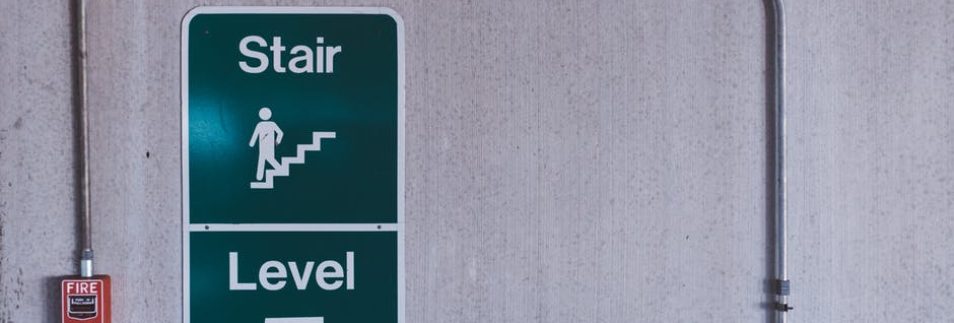The Difference Between a Conventional and Addressable Fire Alarm System

A perceptive fire alarm system is literally life-saving. Yet, it’s also important that a system is not overactive.
Systems that ring false alarms are a serious drain on resources. And, the rush to evacuate they trigger can lead to injuries—and, more rarely, deaths—which are entirely needless.
Recent research shows every single false alarm costs up to $5,115. The cumulative cost of false fire alarms is about $169 million per year, on average. How can a campus cut down on those costs?
One strategy is to install an addressable fire alarm system.
An addressable fire alarm system has an array of advantages over a conventional fire alarm system. Most addressable systems trigger far fewer false alarms, and they respond more quickly to real fires.
Discover how the two systems compare in this breakdown.
What Are the Differences Between Conventional and Addressable Fire Alarm Systems?
There are two types of fire alarm systems. Both systems’ detectors alert the system’s control panel, which can trigger sprinklers or an alarm.
There, the similarities end. A conventional fire alarm system is old-school and mechanical. An addressable fire alarm system is intelligent.
Intelligent Vs. Mechanical Systems
Both systems have control panels that can automatically alert emergency services when triggered. But, the control panel in an addressable alarm is smarter.
It is easier to set different alarm thresholds, and different default actions, for different alarm zones within an addressable system.
Precise Vs. General Alarm Location (Detector Address)
Addressable alarm systems convey more specific location information. This gives fire response teams better information when they enter.
They can respond more quickly to the exact location of the fire, and be ready to face the specific hazards the system recognizes in that location. Annunciator Panel
The annunciator panel is key. It can highlight which devices, in which zones, triggered the alarm. It is a centralized warning panel, flagging potential risks automatically.
Fast Vs. Standard Alarm Response Time
Addressable alarm systems are more customizable. This enables managers to program the alarm system to be on high alert in higher-risk zones.
They can lower the response threshold where it’s necessary, without risking false alarms in more typical zones.
Long-Term Cost Efficiency Vs. Low Up-Front Cost, Expensive Later
On a large campus or multi-building property, addressable alarm systems are more cost-efficient in the long run. But, they are also more expensive up-front.
If you only have a single building, a conventional alarm might be the most affordable option. But, conventional alarm systems get expensive fast when you need to scale.Cabling Requirements
Each detector in an addressable system has a unique address. Every device is like a house on a street. In this case, the street is a long cable circuit that connects directly to the control panel.
Conventional systems require more cable than addressable systems on large campuses. This is because each device (or cluster of devices) needs a “zone.” A zone is a completed circuit.
Then, each zone is connected to the long cable that connects to the control panel.Scalability
By bypassing zones, the design of an addressable system is easier to scale. It also costs less in terms of raw cabling material.
The more zones you need, the more expensive a conventional system is.
And, the presence of zones can increase the cost of repairs—particularly when you’re paying by the hour. Addressable systems make it easier for repair services to find the damage.
Install With Castle Sprinkler and Alarm Today
Whether you need an addressable fire alarm system or a conventional fire alarm system, install with Castle Sprinkler and Alarm.
Our experts can advise you on the best system for your property. Contact us today to learn more about our services.
